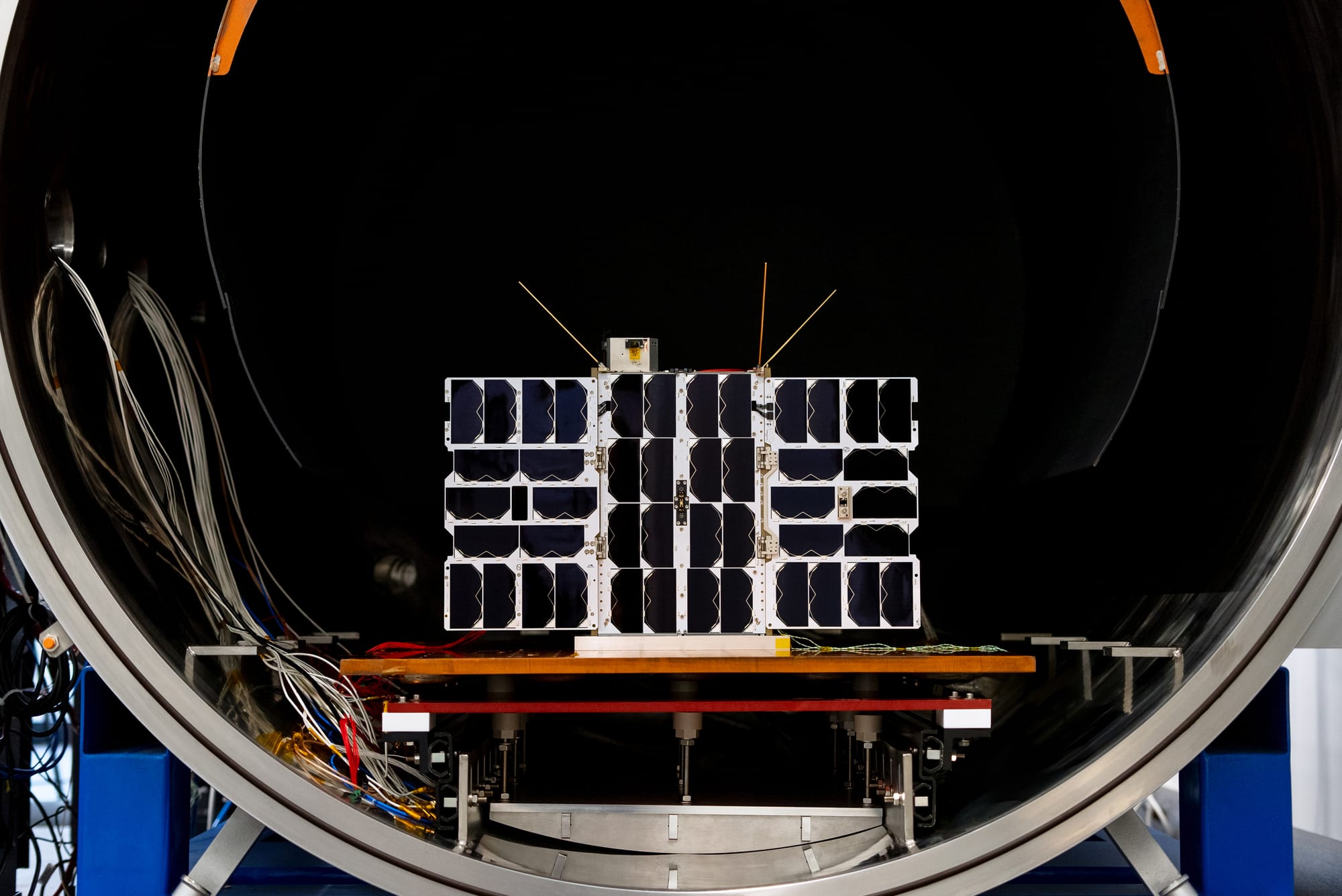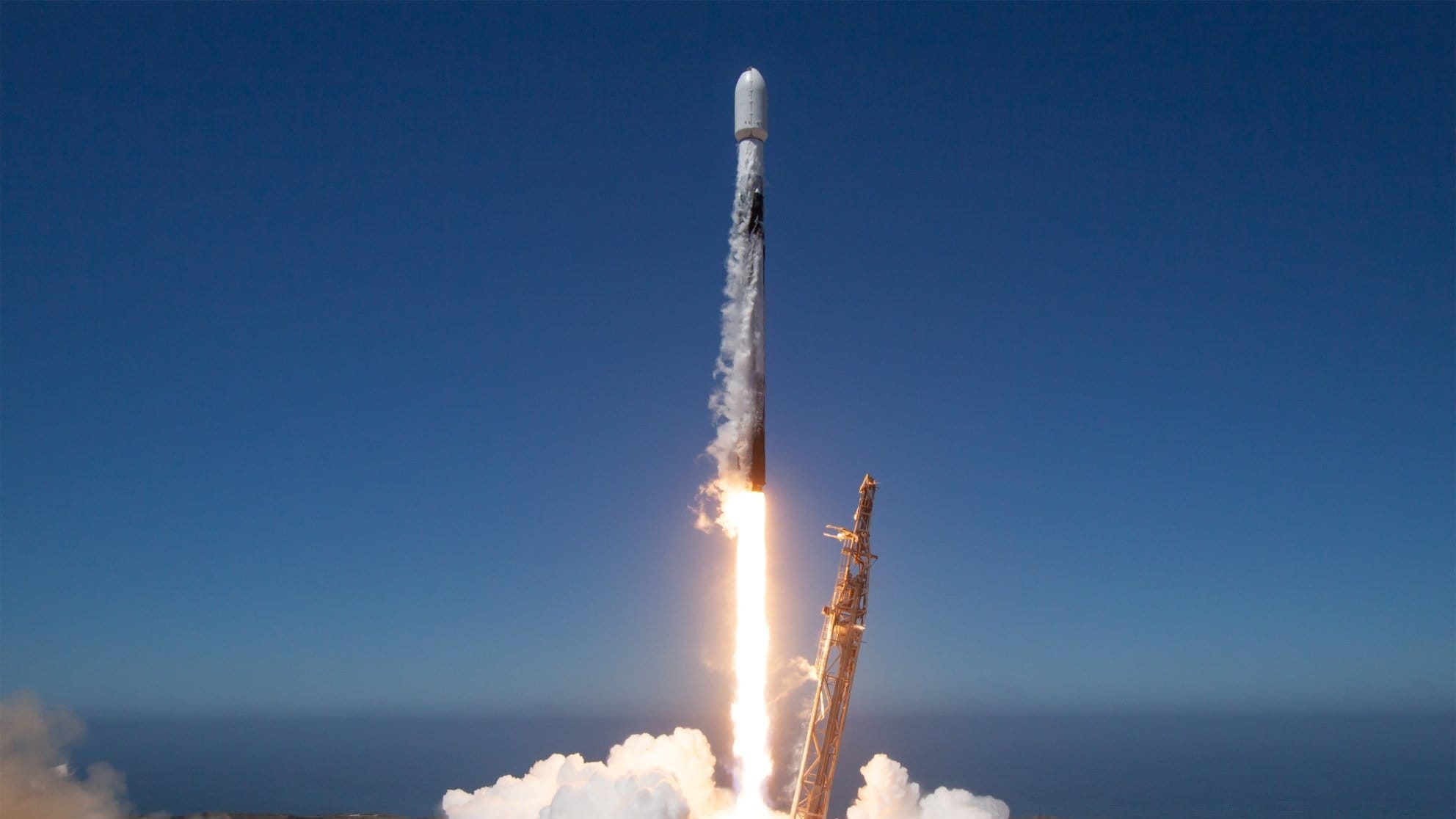FRUTILLAR, Chile (Aug. 16, 2024) – Lemu, a Chilean startup pioneering technology to enhance nature-based solutions, announced today that its Lemu Nge satellite was successfully launched by SpaceX on August 16, 2024, from the Vandenberg Space Force Base in California, United States.
Key Highlights
- Lemu became the first Chilean company to place a satellite in orbit with the launch of Lemu Nge, the world’s first satellite dedicated to biodiversity.
- The 6U nanosatellite’s hyperspectral camera increases biodiversity monitoring resolution by more than 20x.
- Initial missions will focus on Chile and the Southern Hemisphere, addressing one of the largest biodiversity data gaps worldwide.
“Satellite imagery is the most efficient way to monitor the 51 billion hectares of our planet, yet very few satellites are designed to capture biodiversity,” said Leo Prieto, founder and CEO of Lemu. “After six years of work, we are thrilled to have placed Lemu Nge in orbit. Its unique hyperspectral configuration increases the resolution of biodiversity data by more than 20 times, helping to close the global nature data gap.”
This milestone marks the first time a Chilean company has placed a satellite into orbit, and the first time globally that a satellite has been dedicated solely to biodiversity monitoring.
Mission and Capabilities
Lemu Nge means “Forest Eye” in Mapudungun. Its core payload is a high-definition hyperspectral camera optimised for observing ecosystems in unprecedented detail — tracking their composition, dynamics, and changes over time.
- Size: 6U nanosatellite (30 x 20 x 10 cm; shoebox-sized).
- Sensor: Hyperspectral camera capturing 32 bands between 450–900 nm.
- Resolution: 4.75 m ground sampling distance from 500 km altitude.
- Orbit: Sun-synchronous (SSO), 14 daily orbits, one every 90 minutes.
- Propulsion: Advanced liquid metal ion system (FEEP) using non-toxic propellants, enabling orbital manoeuvring and safe de-orbiting without space debris.

Initial Focus Areas
After its Launch and Early Operations Phase (LEOP), Lemu Nge will prioritise Chile and the wider Southern Hemisphere, where biodiversity data remains sparse. Early observation targets include:
- Characterisation of Ramsar-classified Andean wetlands.
- Monitoring of coastal macroalgae forests.
- Classification of land-use change.
- Identification of key tree and plant species.
- Detection of invasive species.
Data from the mission will inform effective conservation actions and support sustainable management of natural resources. Over time, the mission will extend to the Global South and ultimately to the entire planet.
A Global Collaboration
The mission is the result of over six years of international collaboration between experts in Earth science, aerospace engineering, and information technology. Lemu Nge was designed by Lemu in Chile, assembled by NanoAvionics in Lithuania, with key components from Simera Sense (South Africa) and Enpulsion (Austria), and launched by SpaceX in the United States.
Lemu’s Broader Mission
Beyond satellite technology, Lemu advances its mission through Atlas, its Nature Intelligence platform. Atlas translates complex ecological and satellite data into actionable insights for businesses, governments, and financial institutions. Lemu also operates a network of more than 70 verified conservation and restoration projects across five continents, working toward its goal of financing the protection of 1% of Earth’s land surface by 2033.
About Lemu
Lemu, through its Atlas platform, uses advanced technology to make nature visible in the value chain of all organizations, providing nature-based solutions for a management in balance with the planet. It allows monitoring and verifying territorial indicators, carrying out conservation and ecosystem restoration actions, protecting biodiversity and helping to reverse the environmental crisis. Lemu aims to finance the conservation of 1% of the Earth's land surface by 2033.
For more information, visit https://le.mu

